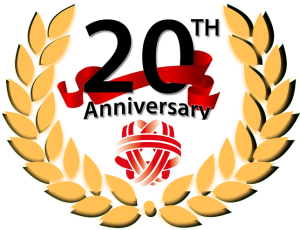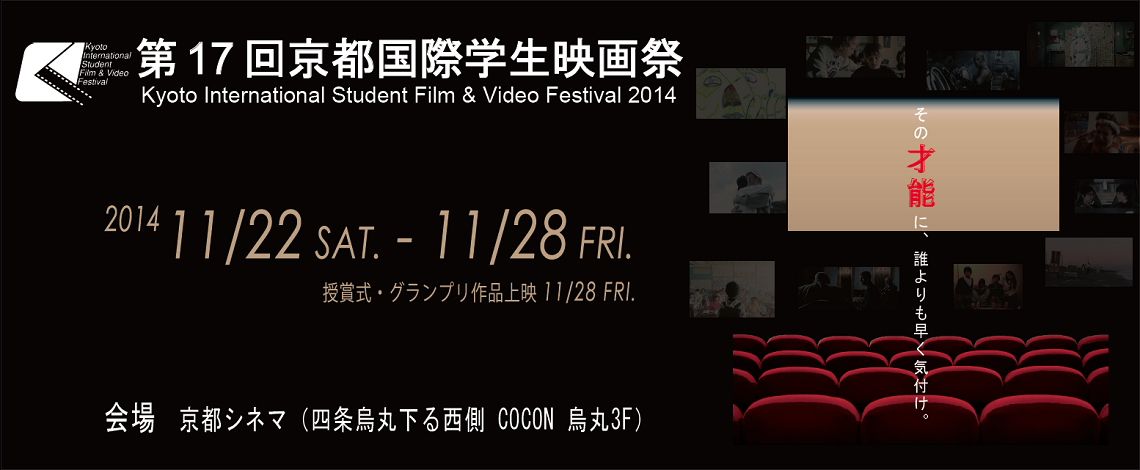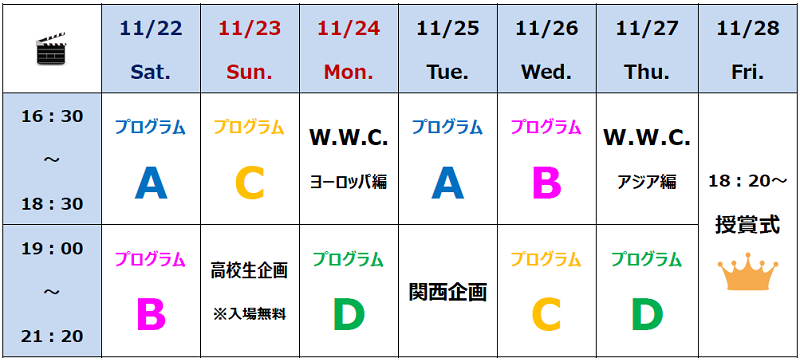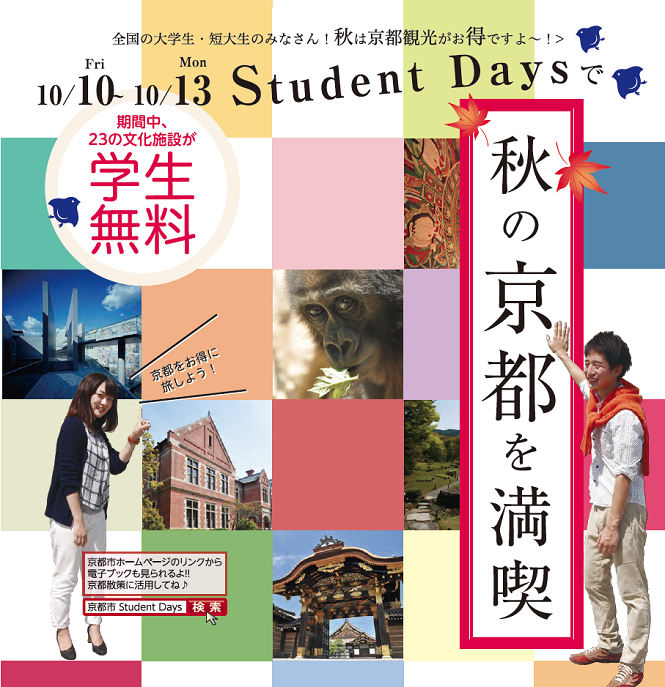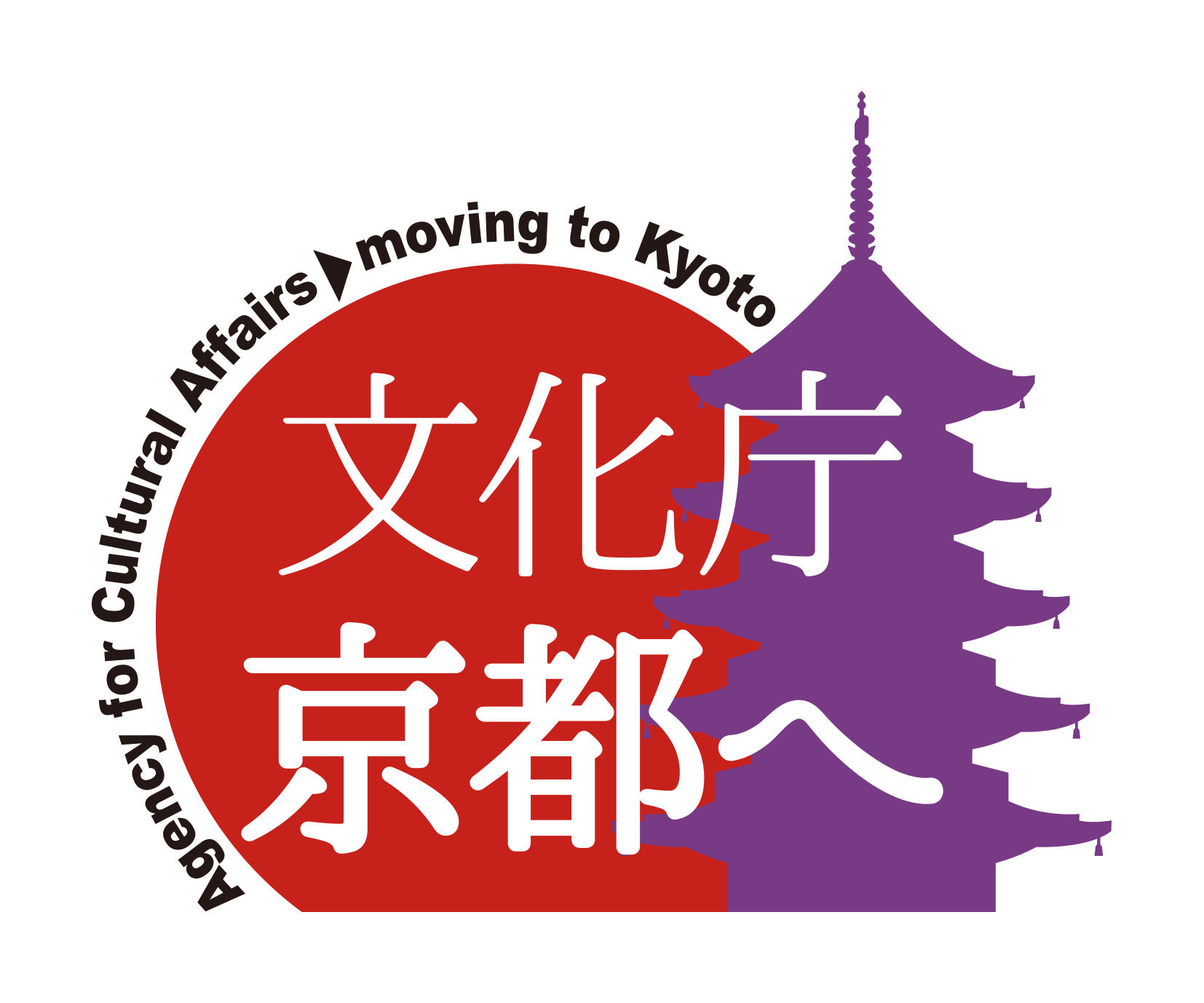gist
High school students in the northern region of Kyoto Prefecture have fewer opportunities to learn about universities and interact with current university students than high school students in urban areas because there are no universities located nearby.
In addition, there are few opportunities to experience local history and culture and talk at length with people who work in the local area, and many young people graduate from high school without having an image of working and living in their hometown as adults, move to urban areas after graduating from high school, and start their careers as members of society in other areas after graduating from university.
Therefore, the Kyoto High School-University Collaborative Research Council held a workshop “Maruttoku in Kumihama” by high school students, university students, and local residents in Kumihama-cho, Kyotango City, with the aim of developing the careers of high school students in the northern region of Kyoto Prefecture and fostering human resources who will support the community.
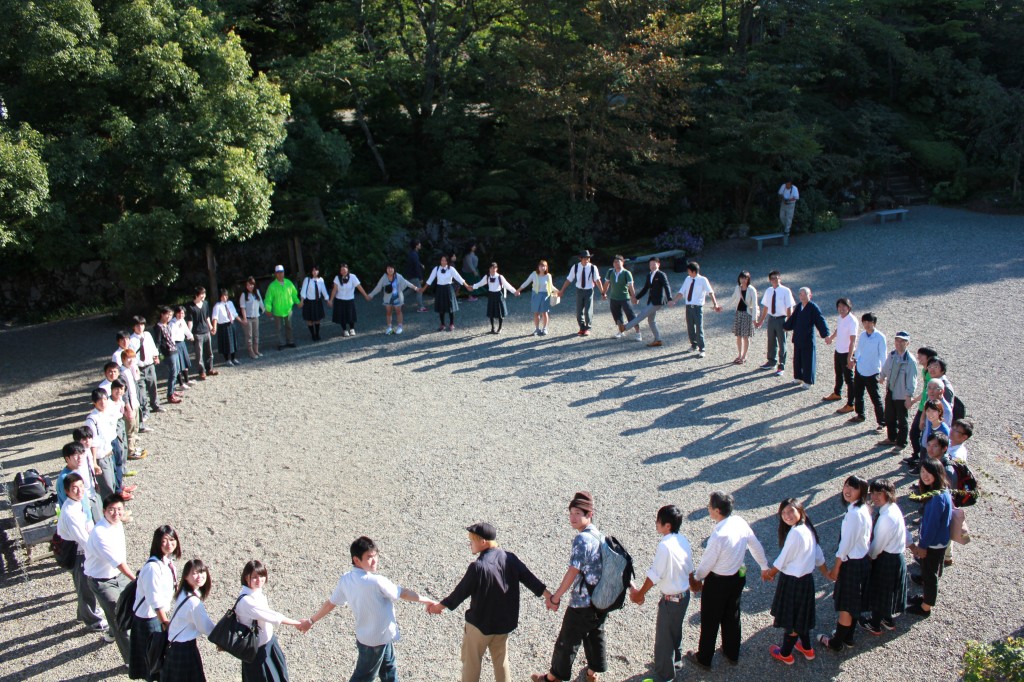
Outline of Implementation
| schedule |
Saturday, September 20, 2014 11:00~16:00 |
| place |
Gosho Inaba Honke, Nyoiji Temple (Kumihama-cho, Kyotango City) |
| sponsorship |
Kyoto High School-University Collaborative Research Council (Kyoto Prefectural Board of Education, Kyoto City Board of Education, Kyoto Prefectural Federation of Private Junior and Senior High Schools, Kyoto Chamber of Commerce and Industry, University Consortium Kyoto) |
| cooperation |
Kyoto Prefecture Northern Regional and University Cooperation Organization |
| participant |
High School Students |
25 (1st and 2nd year students at Kyoto Prefectural Kumihama High School) |
| university student |
19 (Kyoto Seika University, Doshisha University, Ritsumeikan University, Kyoto Bunkyo University, Ryukoku University, Kobe University, Waseda Graduate School, etc.) |
| working adult |
8 people (NPO Exciting Kumihama Creation Association, Kyotango City Kumihama Citizen’s Bureau) |
Implementation Report
The university students entered Kumihama the day before to inspect the site and rehearsed carefully until late at night, and on the day of the event, the rain from the previous day had stopped and the weather was clear, and we were able to welcome the performance in a refreshing and sunny atmosphere.
The high school students gradually became more relaxed and relaxed as they walked around the city and did group work with university students and local residents. At first, some of the students were too shy to speak well, but at the end, they were willing to speak up about their dreams and career paths. During the dialogue time, I was very impressed by the friendly advice between university students and local people about the concerns of high school students.
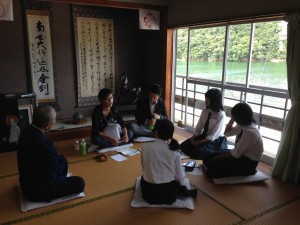
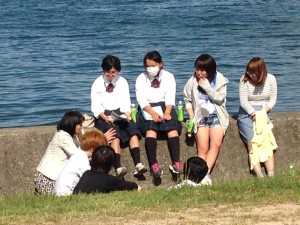
Through this workshop, the high school students had the opportunity to reflect on themselves and think deeply about their own way of life, as well as to reaffirm the good points of Kumihama, and the university students were able to gain new insights about themselves by reflecting on their careers and communicating them with others. We also received comments from local residents, such as, “Conveying the charm of the region to young people, listening to their thoughts on the region and their thoughts on the future, and gaining new awareness and discoveries about the local area,” making it a meaningful initiative for high school students, university students, and local residents.
In addition, this project was blessed with a good location, not to mention the wealthy merchant Inaba Honke, the building and garden were wonderful, and the view of the sea from Nyoiji Temple near Kumihama Bay was the best. I believe that one of the factors for our success was that we were able to work in a calm space such as a Japanese-style room, and that we were able to interact in nature, such as the blue sea, the wide sky, and the lush garden.
While referring to the results of this survey, we would like to implement such projects in other regions as well.
Same-day time schedule
| 11:00-11:30 |
◆ Start of planning ◆ -Orientation at the main house of the Australian merchant Inaba |
| 11:30-11:55 |
Walking around the town (guided by an NPO) |
| 11:55-12:10 |
Arrival at Nyoiji Temple-Local story by Priest Tomomatsu |
| 12:10-13:00 |
lunch |
| 13:00-13:15 |
Presentation by university students (about actual experiences such as setbacks and encounters at university) |
| 13:15-15:00 |
Dialogue interview (high school students× university students× local residents) near Nyoiji Temple |
| 15:00-15:30 |
Conclusion – Time Machine Letter Creation (Letter to Yourself 3 Years Later) – Overall Review |
| 16:00 |
◆ End of project ◆ |
Contact us
University Consortium Kyoto, High School-University Collaborative Career Education Program
TEL 075-353-9153 FAX 075-353-9101
〒600-8216 Shimogyo-ku, Kyoto-shi, Nishitoin-dori, Shiokoji, Shimo-ku, Kyoto, Campus Plaza Kyoto
* Reception hours: Tuesday ~ Saturday 9:00 ~ 17:00 (excluding year-end and New Year holidays)

![]()














